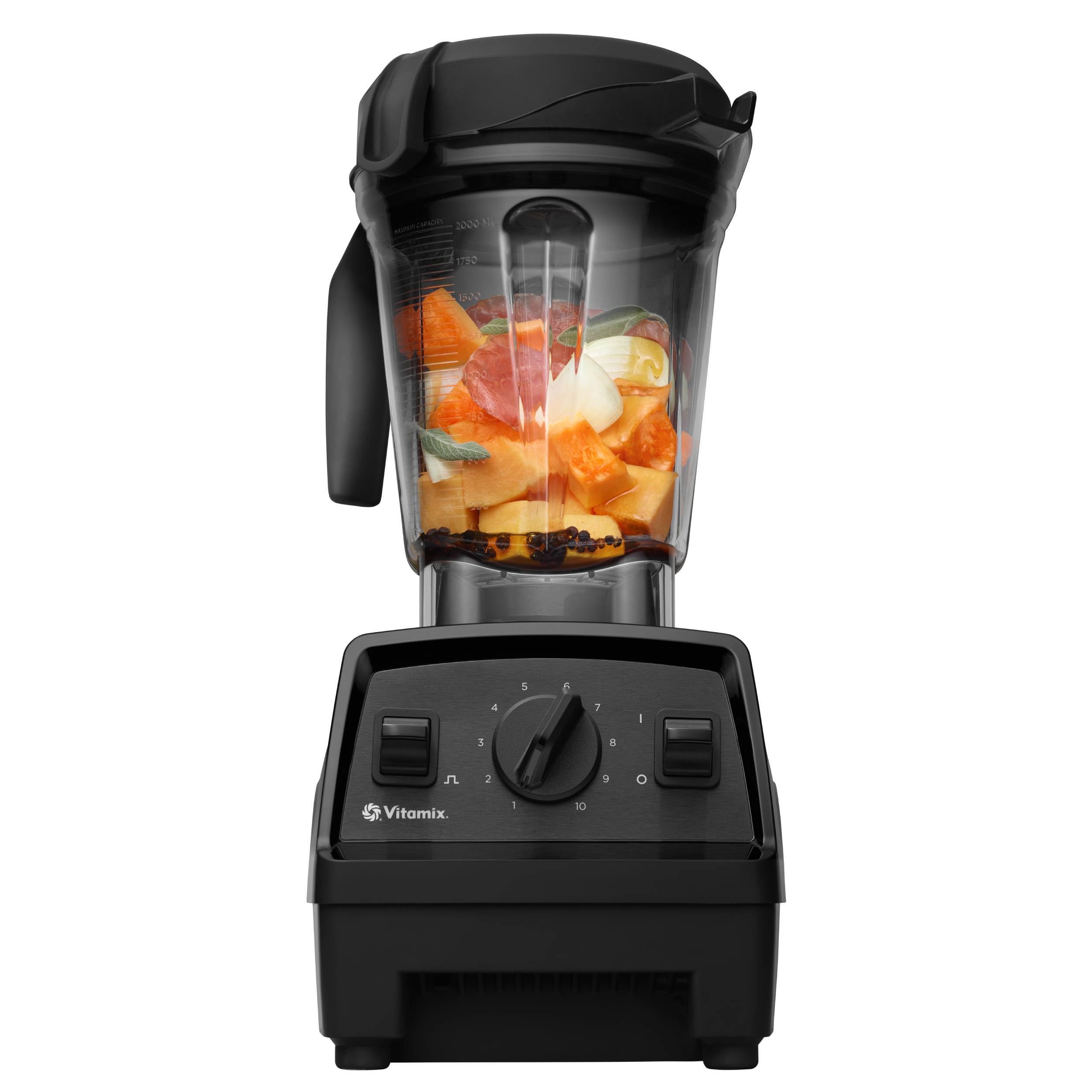Have you ever turned on your humidifier only to find the light glowing but no mist coming out? It’s frustrating, especially when you rely on it for comfort during dry seasons. You’re not alone—many people face this issue, and it can leave you wondering what went wrong.
In this article, you’ll discover common reasons why your humidifier might be showing signs of life but failing to do its job. We’ll also share practical tips to troubleshoot and get it back to working order. By the end, you’ll feel more confident in handling this pesky problem and enjoy the benefits of a properly functioning humidifier.
Key Takeaways
- Common Issues: A humidifier light that is on but not producing mist typically indicates electrical issues, internal component failures, or a lack of water in the tank.
- Troubleshooting Steps: Start by checking the power supply, water levels, and cleanliness of the humidifier to identify and resolve minor problems.
- Professional Help: Seek professional assistance if your humidifier shows persistent malfunction, unusual noises, water leaks, or odd smells, as these may indicate serious problems.
- Maintenance Importance: Regular cleaning and proper usage, such as using distilled water and monitoring humidity levels, are essential for optimal humidifier performance and longevity.
- Warranty Awareness: Understand your humidifier’s warranty terms to make informed decisions about repairs or replacements, including documenting issues and avoiding unauthorized repairs.
Common Reasons For Humidifier Light On But Not Working
A humidifier light that’s on but not working can signal various underlying issues. Understanding these can help troubleshoot the problem effectively.





Electrical Issues
Electrical problems often cause a humidifier to malfunction. Check the following:
- Power Source: Ensure it’s plugged into a functioning outlet. Testing with another device can confirm if the outlet works.
- Power Cord: Inspect for any visible damage. A frayed or broken cord can prevent your humidifier from receiving power.
- Fuse or Circuit Breaker: Check your home’s fuse box or circuit breaker. A blown fuse or tripped breaker might disrupt power flow.
Internal Component Failures
Failure of internal components can also lead to this issue. Look into these areas:
- Water Tank: Ensure it’s filled with water. An empty tank can trigger the light without generating mist.
- Filtration System: Clogged filters can restrict performance. Clean or replace filters as needed for optimal operation.
- Ultrasonic Plate: In ultrasonic models, a malfunctioning plate may hinder mist production. Inspect and clean it if necessary.
- Motor: A failing motor can impair mist output. If you suspect this, consult a professional for inspection and repair.
Diagnosing these common reasons will help restore your humidifier’s function, allowing you to enjoy a comfortable and healthy environment.
Troubleshooting Steps
If your humidifier light is on but it’s not working, follow these troubleshooting steps to identify and fix the issue.
Check Power Supply
Ensure the humidifier is plugged into a working outlet. Test the outlet by plugging in another device. If the outlet works but the humidifier light remains on without mist, inspect the power cord for any damage. Replace the cord if necessary. Additionally, check your home’s circuit breaker; a tripped breaker may require resetting.





Inspect Water Levels
Confirm the water tank is filled to the appropriate level. Humidifiers often shut off automatically when water levels are low. If the tank is low, refill it with clean, cool water. Ensure that the water tank and base are properly aligned. A misaligned water tank can prevent the appliance from functioning correctly.
Clean the Humidifier
Regular cleaning is essential for proper humidifier function. Unplug the device and disassemble the parts. Use a mixture of water and vinegar to clean the tank and components, removing any mineral buildup. Pay attention to the ultrasonic plate and filter; replace the filter if it’s clogged. Rinse and dry all parts thoroughly before reassembling. This helps ensure optimal mist production and air quality.
When To Seek Professional Help
Identifying when to involve a professional can save time and prevent further issues with your humidifier. Look for specific signs that indicate serious problems requiring expert attention.
Signs Of Serious Malfunction
- Persistent No Mist: If the humidifier remains inactive despite troubleshooting efforts, it likely indicates a deeper issue.
- Unusual Noises: Grinding or buzzing sounds may signal problems with internal components such as the motor.
- Water Leakage: Leaking water can point to broken parts or improper assembly, needing immediate attention.
- Erratic Functionality: If the humidifier turns on and off sporadically, internal circuits might be malfunctioning.
- Burning Smell: Any burning or overheating scent suggests electrical failures that warrant professional evaluation.
Warranty Considerations
Review your humidifier’s warranty details to understand coverage before seeking repairs. Consider these factors:
- Check Warranty Period: Most warranties cover issues for one to three years after purchase. Verify how long you’ve owned your unit.
- Document Issues: Keep records of any previous repairs or maintenance, as this documentation can aid your claim.
- Authorized Repairs: Utilize authorized service centers to avoid voiding your warranty.
- Replacement Options: Some companies may opt to replace faulty units if problems arise within the warranty period. Evaluate this option if repairs seem costly.
Being aware of these signs and warranty details helps you make informed decisions about when to seek professional assistance for your humidifier.





Maintenance Tips For Your Humidifier
Regular maintenance keeps your humidifier running smoothly and effectively. Simple practices make a significant difference in performance.
Regular Cleaning Schedule
Cleaning your humidifier every week prevents mineral buildup and mold growth. Follow these steps for effective cleaning:
- Unplug the Humidifier: Always start by disconnecting it from the power source for safety.
- Empty the Water Tank: Dispose of any remaining water to remove stagnant moisture.
- Use Distilled Vinegar: Fill the tank with distilled vinegar and let it sit for about 30 minutes. This helps dissolve mineral deposits.
- Scrub Components: Use a soft brush or cloth to clean all accessible parts, including the water tank, filter, and ultrasonic plate.
- Rinse Thoroughly: After cleaning, rinse all parts with clean water to remove vinegar residue.
- Dry Completely: Allow all components to air dry before reassembly.
Following this weekly routine helps maintain optimal operation and extends the life of your humidifier.
Optimal Usage Practices
Using your humidifier correctly enhances its efficiency. Keep these practices in mind:
- Fill With Distilled Water: Using distilled water reduces mineral buildup compared to tap water.
- Monitor Humidity Levels: Aim for indoor humidity levels between 30% and 50%. Using a hygrometer helps you track this.
- Adjust Settings: Set your humidifier to the appropriate output level based on room size and humidity conditions. Lower settings may suffice in smaller spaces.
- Position Strategically: Place the humidifier on an elevated surface, away from walls and furniture, to allow even moisture distribution.
- Replace Filters Regularly: Check and replace filters according to the manufacturer’s recommendations to ensure consistent performance.
Implementing these practices helps prevent issues like a lighted humidifier that doesn’t work. Keeping up with maintenance contributes to a healthier living environment.
Conclusion
Dealing with a humidifier that lights up but doesn’t work can be a hassle. By following the troubleshooting tips and maintenance practices outlined, you can often get your device back in action. Remember to check the basics like power supply and water levels before diving deeper into potential issues.
If you find that your humidifier still isn’t functioning after trying these steps, it might be time to consult a professional. Keeping your humidifier clean and well-maintained will not only help prevent future problems but also ensure a comfortable environment in your home. You’ve got this, and soon enough, you’ll enjoy the benefits of a properly working humidifier again.
Frequently Asked Questions
Why is my humidifier lighting up but not producing mist?
If your humidifier lights up but does not produce mist, it could be due to insufficient water levels, clogged filters, or a malfunctioning ultrasonic plate. Ensure the water tank is filled correctly and the filters are clean.
How can I check the power supply of my humidifier?
To check the power supply, confirm that the humidifier is plugged into a working outlet. Inspect the power cord for any visible damage and make sure the circuit breaker hasn’t tripped.
What cleaning method should I use for my humidifier?
Use a solution of distilled vinegar and water to clean your humidifier. This helps to remove mineral buildup. After cleaning, make sure to rinse all components thoroughly and let them dry completely before reassembly.
When should I seek professional help for my humidifier?
Seek professional help if you notice persistent lack of mist, unusual noises, water leakage, erratic functionality, or any burning smell. These signs may indicate serious issues that need expert attention.
What are some maintenance tips for my humidifier?
Regularly clean your humidifier by unplugging it, emptying the water tank, and scrubbing all components with vinegar. Use distilled water, monitor humidity levels, replace filters as needed, and keep a consistent cleaning schedule for optimal performance.

Hey, I’m Jake. I focus on cooling systems at Appliance Mastery, like fridges, freezers, and air conditioners.
I’ve worked in appliance repair for more than ten years and I’m certified through NASTeC. I’ve seen just about every fridge issue you can imagine.
My goal is to help you fix problems without stress. Whether it’s a freezer that won’t cool or an AC that keeps beeping, I’m here to walk you through it.
